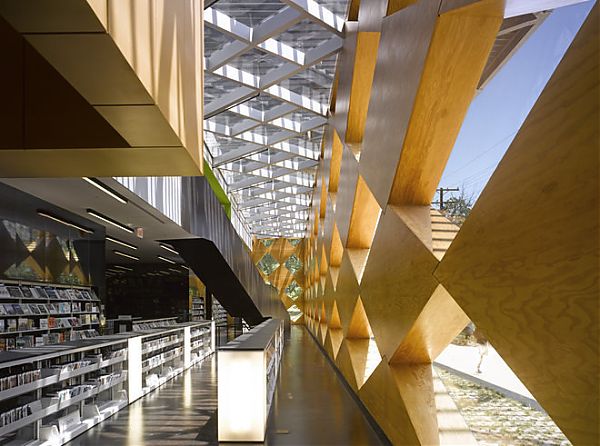David Adjaye Is Having A Moment: Will It Redefine Architecture?

Francis A. Gregory Neighborhood Library in Washington, D.C. Photo © Ed Sumner. Courtesy of Adjaye Associates.
We are indisputably having a David Adjaye moment. A retrospective of the work of the 49-year-old Tanzanian-born British architect just opened at the Art Institute of Chicago. The striking, bronzy shell of the National Museum of African American History and Culture in Washington is now complete. He’s mentioned in every article about the competition to design President Obama’s presidential library in Chicago. The public spaces of his $84 million Sugar Hill Development in Upper Manhattan, which combines 124 units of affordable housing with an early childhood education center and a children’s museum, are finally open. What sets his work apart, both for private clients and the public realm, is the importance of pattern. His work is a saturated, color-laden zig when so many other architects have zagged toward a faux lightness and ethereality.
Pattern in contemporary architecture becomes a simplistic way of convincing a community that a work is site-specific, that it “fits” despite being a different size, shape, material, or program from everything around it. Projects in African-American neighborhoods get kente cloth, the Southwest gets Navajo blankets, the Middle East gets mashrabiya geometries. All of these patterns can be meaningful, and acknowledging their history pushes architects more comfortable with unadorned surfaces toward ornament. But too often they engage only the surface, a skim-coating of context that justifies shapes the architects use anyway and use elsewhere.
On X
Follow @LangeAlexandraOn Instagram
Featured articles
CityLab
New York Times
New Angle: Voice
Getting Curious with Jonathan Van Ness